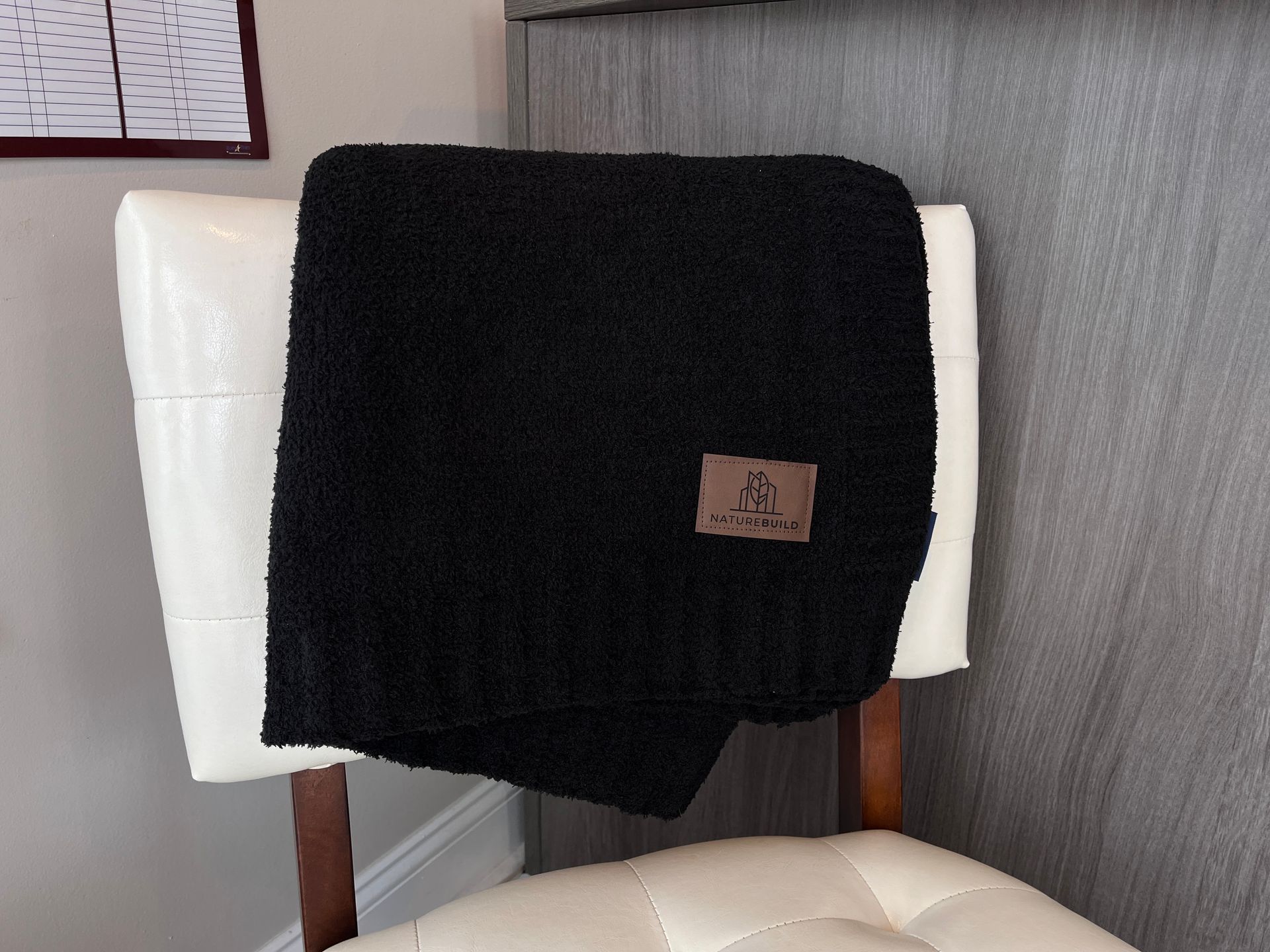Turn Bounces Into Buyers: How to Hook Your Website Visitors
Stop The Bounce

What Is a Bounce?
A bounce is a visitor that clicks on your site and leaves without taking action. Usually, this is due to the user not instantly finding the information they are looking for. What could be to blame? It could be many things; confusing navigation, the site not being optimized for mobile devices, not linking directly to referenced pages. These issues can be easily resolved and you could be collecting these visitors and turning them into buyers and clients! How? Well, here's a start on some easy solutions to stop the bounce.
Make Information Easy to Find
An easy way to stop many bounces is making information on your site easy to find. Generally, the user should be able to find what they are looking for within 5 seconds of accessing a site, any longer and users get discouraged. Your site should use clear, concise, and relevant language in simple navigation menus and headings to guide visitors to what they are looking for. You know what is on your site, but, think about it from the perspective of a first time visitor that knows nothing about you. Would they know what you are talking about or be able to easily find information they were vaguely directed to? Incorporating a search bar or filtering options can further streamline their journey, reducing frustration and the likelihood of them leaving for a competitor’s site.
Make Your Site Mobile Friendly
Mobile browsing has become increasingly common and is convenient for those who are on the go or want to find their answers quickly. If your site isn't optimized for mobile browsing, you've pretty much lost you chance with them as they will likely quickly turnaround and leave. Mobile users today don't have the patience to give your site a chance if it isn't mobile compatible. Many users may also use your site on both desktop and mobile, meaning that your desktop and mobile site should both have a similar look, layout, and navigation so that users are sure that it is the same site.
Use Keywords
When browsing a site, users typically look for keywords in paragraphs and headings to quickly find what they are looking for. When visitors land on your page and find the information aligns with their needs or interests, they’re more likely to stay, explore, and interact with your site. Strategically placed keywords in headings, meta descriptions, and content are great for keeping your visitors engaged, guiding visitors seamlessly through your site, creating a better user experience. Using keywords is also important for search engine rankings. When a user searches one or more of these keywords, your site is more likely to appear in the given search results, resulting in more clicks, and retainment, through the use of relevant information. Using relevant keywords shows your website is a trusted resource for the topic, building credibility and encouraging longer visits.
Use Analytics
You can use tools like Google Analytics to see where site visitors are coming from, what keywords they are using, what demographic they are a part of, and how they are using your site. By studying your site with analytics tools you can weed out issues in your site by seeing how it is being used and where people leave or visit most. You can also use this tool to analyze your audience and improve your marketing strategy to flow with your audience's interests and push your products that are getting more traffic. You can also use analytics to find out what keywords are being used to find you or that you are showing up with.
Bounce Back
Bounces aren't all bad, if a user has bounced from your site, they will likely have you stored in their browsing history. So, when a user repeats their search or uses your keywords in a later session, your site is more likely to rank higher or autofill which could lead them back to you.
Behind Your Design can help to turn your Bounces in to Buyers with our
website design services. Our services include all these great features listed above that will help your website stand out and retain users. We offer full ground-up designs as well as website optimization services and hosting.







